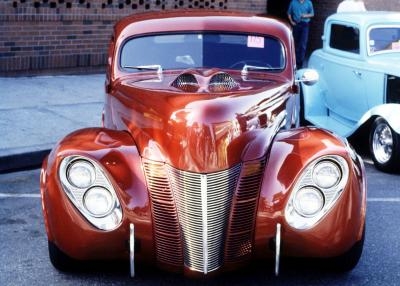
Nitrous oxide is an additive to fuel/air mixtures that can provide an extreme boost in power. It uses the same principle that causes dense or cool air to make more power under the right circumstance: there are more molecules in nitrous, so detonation makes a more powerful gaseous explosion. Nitrous oxide systems are usually thought of as "wet" or "dry." The differences are a little technical. Wet systems are generally more advanced, safer for your engine and more powerful.
Wet systems premix fuel and nitrous oxide, then deliver the atomized mixture into the combustion chamber for ignition. This is a more involved system because the fuel and nitrous must be mixed before anything is injected into the engine. So, wet systems require an additional step.
Dry systems inject nitrous directly into the combustion chamber. They essentially add nitrous, rather than mix it with the fuel. There's no question that these systems can create a lot of power. They're simpler than wet systems and they're less expensive. But they come with a little more risk of engine damage, less control over metering ratios and probably less power than a wet system.
Wet systems usually use the stock fuel delivery system, but the nitrous and fuel is mixed before entering the system. Fuel injectors and/or jets can then be custom-tuned, giving you significant flexibility to tune air/fuel/nitrous ratios. Oxygen sensors are used to measure air flow and, in turn, determine the nitrous/fuel mixture.
Because the nitrous in dry systems bypass the fuel delivery system, the fuel to-nitrous-ratio is adjusted but increases the pressure in the fuel pump commensurate with nitrous delivery. Not every stock fuel system is capable of carrying out this task. It must have premium fuel injectors and a pump capable of high pressure. With an adequate delivery system, the fuel regulator is used to invoke a boost in fuel to match the nitrous injection. A danger of these systems is the introduction of nitrous without a corresponding increase in fuel, which can cause a very lean detonation that can badly damage the engine.